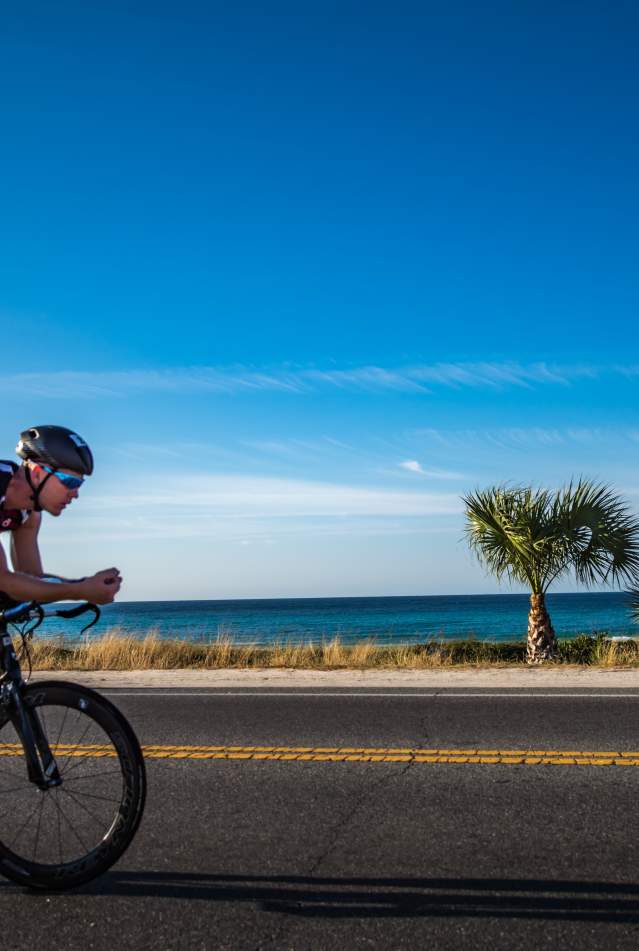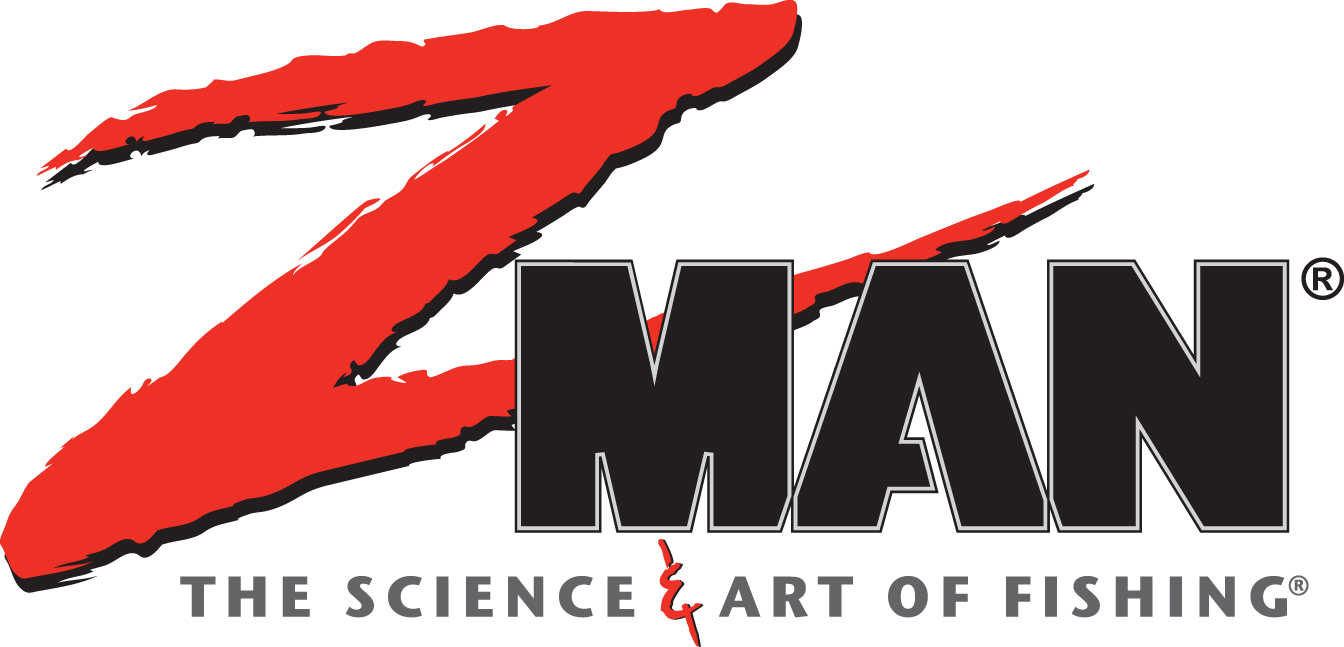Spring has already sprung in many parts of the bays, in the pass and along the beaches and the fishing patterns are changing.
Deep in the bay, speckled trout are schooled up in the mouths of creeks and bayous. When deciding on an area to target, I typically look for wind blowing toward the shore so I can use less trolling motor and make longer cast when approaching the fish. Casting from as far away as possible will increase your chances of putting a lot of fish in the boat. The fish are usually bunched up so you should put down an anchor as soon as you get a bite and thoroughly work the area. Once the fish stop biting (or you’re only hooking small ones) move around until you get a bite or the size of the fish improves.
Redfish are also schooled up, with lots of nice fish cruising around in shallow water. The water has cleared and the sight fishing has been fantastic! Lots of fish have also been laid up on shallow sandbars along the shoreline. It’s hard to predict how these fish will react when presented with a bait, so try to “lead” the fish and watch how it reacts when the lure hits the water. I like to let the lure come to rest on the bottom and wait until the fish shows signs of searching for it before I give it a twitch. Once the fish hones in on the lure, all it takes is a subtle bump of the jig and the fish usually can’t resist. Big schools of larger-sized bull reds have been hanging around deeper water structures and near points with steep drop offs and plenty of current. Sometimes you can locate them underneath flocks of surface feeding birds. The big fish tend to stay down a little deeper so targeting them with jigs or diving plugs is extremely effective.
In the pass, the sheepshead bite is heating up. That’s great for beginners and children because sheepshead fishing requires minimal tackle and the simple ability to read a bottom machine. The most effective technique is to use shrimp on a Carolina rig with as small a weight as the current will allow. Small circle hooks work well since you need to let the sheepshead eat the bait and start swimming off with it before you apply any pressure. These days, I recommend releasing the majority of them since they are stacked up to spawn and allowing nature to run its course will help maintain a healthy fishery.
Along the beaches, reports of pompano have been coming in regularly. Pompano are one of my favorite fish to eat and a blast to catch on light tackle. You can target them with heavy compact jigs or set a bunch of surf rods out on the beach with sand fleas or shrimp. Pompano travel in schools so it’s a “hurry up and wait” situation but your patience will be rewarded with some fast-paced action.
As always, if you have questions about what’s biting, how to catch them or want to book a trip, give me a call or shoot me an email.
Good luck!
Featured Sponsor:


